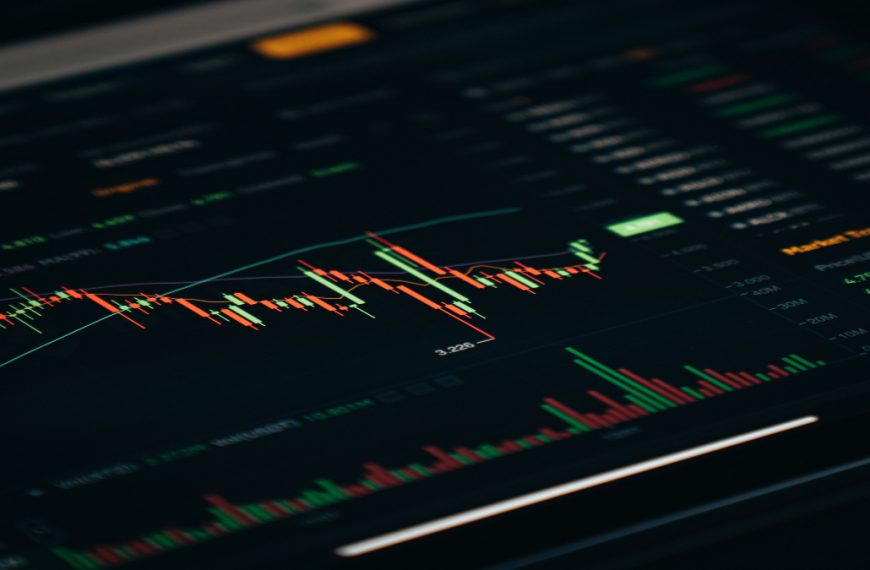In a recent analysis of the tariff fact sheet released by the White House, it has been revealed that certain goods will be exempt from the Reciprocal Tariff. While this may offer temporary relief, experts caution that a closer inspection of these exemptions is crucial, as there is a strong likelihood of new tariffs being imposed on them in the future.
Key Sectors Exempted from Tariffs
The following six sectors have been identified as exempt from the 26% tariff, and they play a pivotal role in the U.S. economy:
- Articles governed by 50 USC 1702
- Steel and aluminum products, as well as automobiles and auto parts already subjected to Section 232 tariffs
- Copper, pharmaceuticals, semiconductors, and lumber
- Any items that may fall under future Section 232 tariffs
- Bullion
- Energy and specific minerals not available domestically
The Potential for New Tariffs
Despite the current announcement from the Trump administration, industry experts like Saurav Ghosh, Co-founder of Jiraaf, urge caution. He noted, “While the exemption of goods like pharmaceuticals and semiconductors is a relief, these categories are under close scrutiny and may soon face national security tariffs. It’s essential to evaluate these goods individually rather than applying a blanket exemption.”
Manish Goel, Founder and MD of Equentis Wealth Advisory Services, echoed this sentiment, stating, “The exemption of vital Indian exports such as pharmaceuticals and copper is a positive development, but we must remain vigilant regarding potential future tariffs.”
The Risks of Policy Changes
The White House’s announcement also highlights President Trump’s authority to modify existing tariffs. The IEEPA Order gives the President the power to raise tariffs in response to retaliatory actions from trading partners or to reduce them if those partners make significant progress in aligning with U.S. economic and national security interests.
Goel further emphasized the risk of policy shifts, particularly in industries deemed essential, like pharmaceuticals. “While a broad increase in tariffs on pharmaceuticals may not be imminent, specific drugs could still face higher tariffs. The current exemption does not guarantee immunity from future changes, particularly as semiconductor and copper exports remain at risk of being included in broader national security discussions,” he explained.
In addition, the impact of tariffs on bullion and finished jewelry could significantly alter market dynamics and consumer behavior. Given the labor-intensive nature of these sectors, a detailed and category-specific negotiation strategy will be essential moving forward.
Conclusion
As the U.S. navigates its tariff landscape, the exemptions currently in place provide a temporary reprieve for certain sectors. However, the looming possibility of new tariffs necessitates ongoing vigilance and strategic planning for businesses affected by these policies. Stakeholders should remain informed and proactive as the situation evolves.











